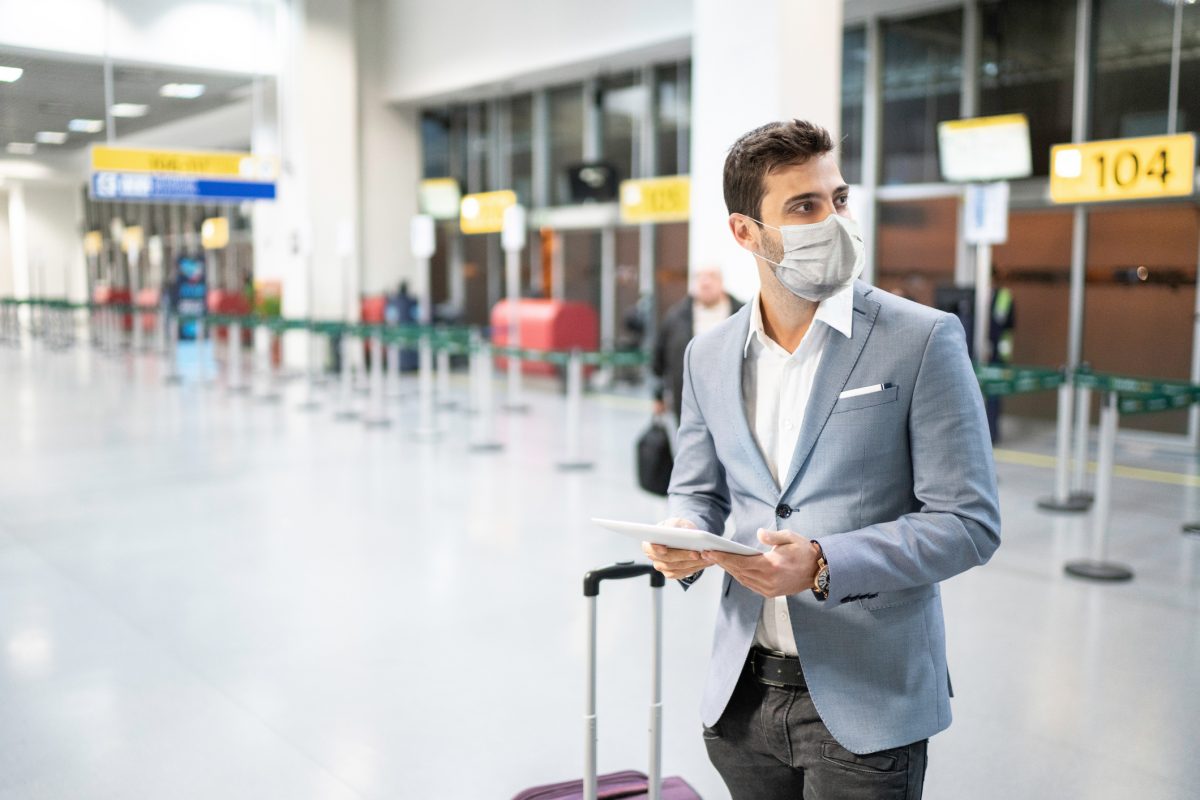United Van Lines’ newly published study of 2020 migration patterns in the United States shows where people are moving. The study ranks those states where the company has moved 250 or more into the state. Four of the top five states from the 2019 study make an appearance at the top of the 2020 list. One state that was in the top 5 in 2019 does not even rank in the top 10 for 2020—Washington. A new entrant into the top 5 is South Dakota, although it ranked at #8 in 2019.
Top 5 States Growing due to 2020 Migration Patterns
| 2020 Ranking | 2019 Ranking |
| 1. Idaho | 1. Idaho |
| 2. South Carolina | 2. Oregon |
| 3. Oregon | 3. Arizona |
| 4. South Dakota | 4. South Carolina |
| 5. Arizona | 5. Washington |
Note: Just as in 2019, for 2020 the state of Vermont actually had the highest overall percentage of inbound moves. However, United Van Lines performed less than 250 moves into the state
COVID-19 Impacts 2020 Migration Patterns
One major difference between 2019 and 2020 is the onset of the COVID-19 pandemic. Many companies allow workers to “work from anywhere” in order to reduce the spread of the disease. As a result, some large metropolitan areas have lost population. Employees are choosing to move to suburban areas and smaller cities.
How did South Dakota Rise from #8 to #4 in 2020 Migration Patterns?
South Dakota rose in the 2020 migration patterns due in part to a few specific reasons:
Governor Kristi Noem
- Governor Kristi Noem encourages workers and businesses to relocate to South Dakota through the state’s “South Dakota Means Business” campaign. Messages in the campaign include the state will “never be shut down or face mandates.” New residents that have chosen South Dakota are leaving states that have been on lockdown for many months in response to the global pandemic. The Governor has been an effective leader and communicator, spreading the message of all that South Dakota offers to its residents.
Economic Stability
- Nearby states such as Minnesota target business owners over issues relating to COVID-19. Governor Noem tweeted to Minnesota business owners to “Come to South Dakota! We respect your rights. We won’t shut you down.” Other Minnesota businesses are looking to relocate to South Dakota for greater economic freedom and civil protection. 2020 migration patterns reflect these relocations.
Additionally, South Dakota has a favorable business climate. Business owners benefit because the state has less taxes.
South Dakota does not impose any of the following taxes:
- Corporate income tax
- Personal income tax
- Personal property tax
- Business inventory tax
- Inheritance or estate taxes
Affordable Cost of Living
- Overall, the cost of living in South Dakota is less than the US average. Looking at Sioux Falls, the state’s largest city with an estimated population of nearly 180,000 residents, the cost of living compares favorably across many categories:
| Cost of Living | Sioux Falls | South Dakota | USA |
| Overall | 88.6 | 88.3 | 100 |
| Groceries | 100.1 | 97 | 100 |
| Health | 91.6 | 101.5 | 100 |
| Housing | 81.4 | 83.8 | 100 |
| Utilities | 96.4 | 93.6 | 100 |
| Transporation | 74.8 | 71.2 | 100 |
100 = US National Average
Source: Sperling’s BestPlaces.net
What Do 2020 Migration Patterns in the United States Mean for Employers?
For employers in the top 5 states, an influx of new residents and business may lead to business expansion and greater economic performance. As a result, demand for new employees may rise as local markets respond to increasing business activity.
What Should Employers do?
Employers should review their corporate initiatives and future growth plans. Requirements for job openings should be reviewed to ensure they attract the most qualified applicants. They should also determine if future growth will increase the need for new employees or facilities.
Conclusion
GMS’ team of corporate relocation experts has helped thousands of our clients develop highly effective relocation programs to attract and retain qualified employees. Our team can help your company leverage 2020 migration patterns in the United States for talent acquisition and management.
GMS was the first relocation company to register as a “.com.” The company also created the first online interactive tools and calculators, and revolutionized the entire relocation industry. GMS sets the industry pace as the pioneer in innovation and technology solutions with its proprietary MyRelocation® technology platform.
Contact our experts now to discuss your company’s interest in leveraging 2020 migration patterns, or call us at 800.617.1904 or 480.922.0700 today.
We're Here to Help! Request a Courtesy Consultation
Are you ready to talk to a Mobility Pro? Learn how GMS can optimize your mobility program, enhance your policies to meet today’s unique challenges, receive an in-depth industry benchmark, or simply ask us a question. Your Mobility Pro will be in touch within 1 business day for a no-pressure, courtesy consultation.









